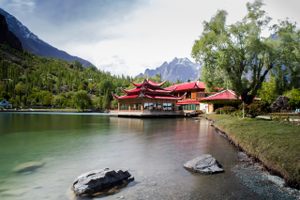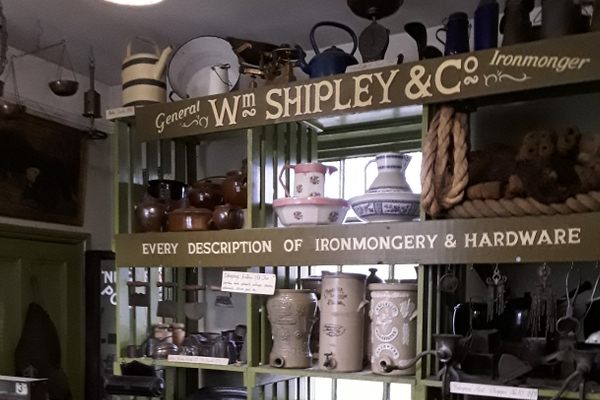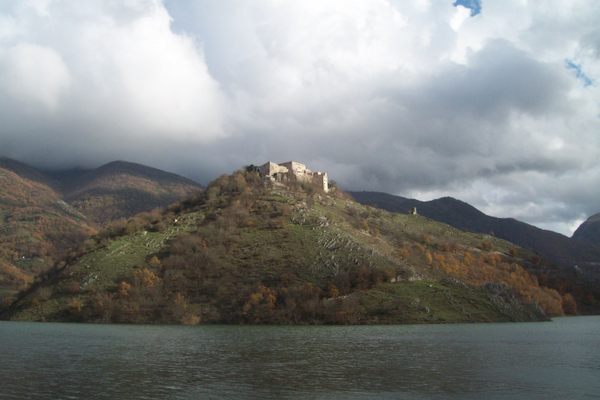About
Ten kilometers from Kargil—an Indian border district that was once an outpost of the historic Silk Route—exists a tiny village that remained inaccessible to the general public until 2011. Houses made of stone and wood, first built over 100 years ago to protect its inhabitants from sub-zero temperatures, line the side of a mountain. An old sign reads "Beware of Landmines." This is the village of Hundarman (sometimes alternatively spelled Hundurman).
Following the Indo-Pakistani War of 1971, Hundarman changed hands overnight. As the borders began to shift, residents ran for cover and several families were separated from their loved ones.
In 2017, this remote village embarked on an unlikely enterprise: to assemble a "Museum of Memories" in an attempt to safeguard their past and leave a legacy behind for future generations. At the forefront of this movement is Ilyas Ansari, a resident of the village and owner of the museum. Ansari is part of a group fighting to preserve Hundarman's place in the history of the subcontinent.
Built on the remains of Ilyas’s ancestral house in what is now called Hundarman Broq, or the "old village," the museum is lined with personal objects that belonged to those who remained on the other side of the border, as well as remnants of the war itself—letters from family members who haven’t seen each other in decades, old passports, photographs, medicines and perfumes found in old trunks, plus shrapnel, cracked army helmets, and old landmines. The gallery, entry to which is secured by a fascinating old wooden lock that only residents know how to use, is a short walk from Ilyas’s house, the source of many of the museum's displays.
While most families have moved to a settlement situated at a slightly higher altitude in search of better agricultural opportunities, the old Hundarman village has taken on greater importance since it opened to tourism for the first time since India’s partition in 1947. 2018 saw the museum raise a significant amount of money through ticket sales, which has helped revive the region’s economy and put the village on the map.
Related Tags
Know Before You Go
The museum is a 30-minute car ride from the nearest district, Kargil. Public transport in the region is negligible, but taxicabs are readily available in Kargil. The museum is open Monday–Saturday, and Ilyas is usually available to show visitors around personally. Most roads leading to the village are shut during the winter, so the best time to plan a visit is between May–August.
Delhi and Rajasthan: Colors of India
Discover Colorful Rajasthan: From Delhi to Jaipur and Beyond.
Book NowCommunity Contributors
Added By
Published
August 23, 2019































